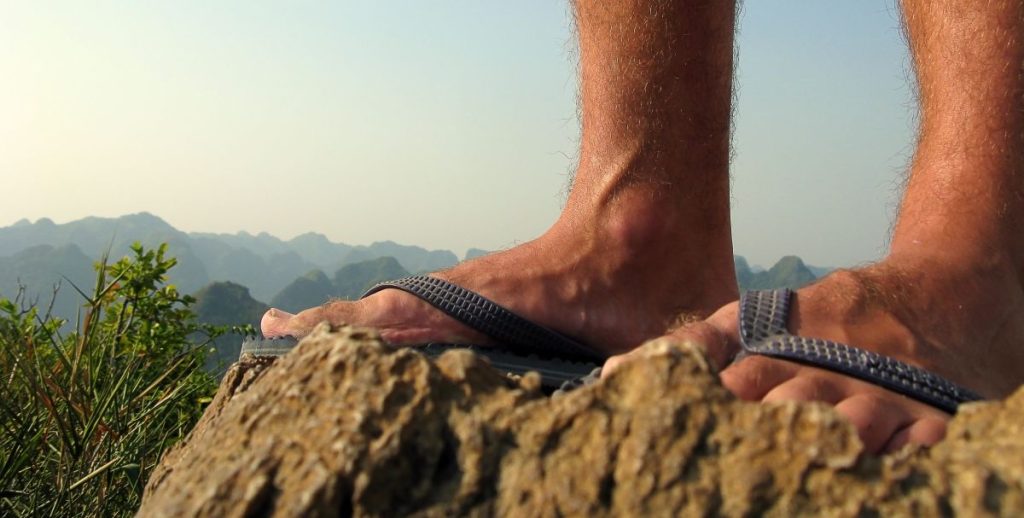Flip-flops are a go-to summer choice for millions.
Others are reading now
Flip-flops are a go-to summer choice for millions.
A Summer Favorite with a Dark Side
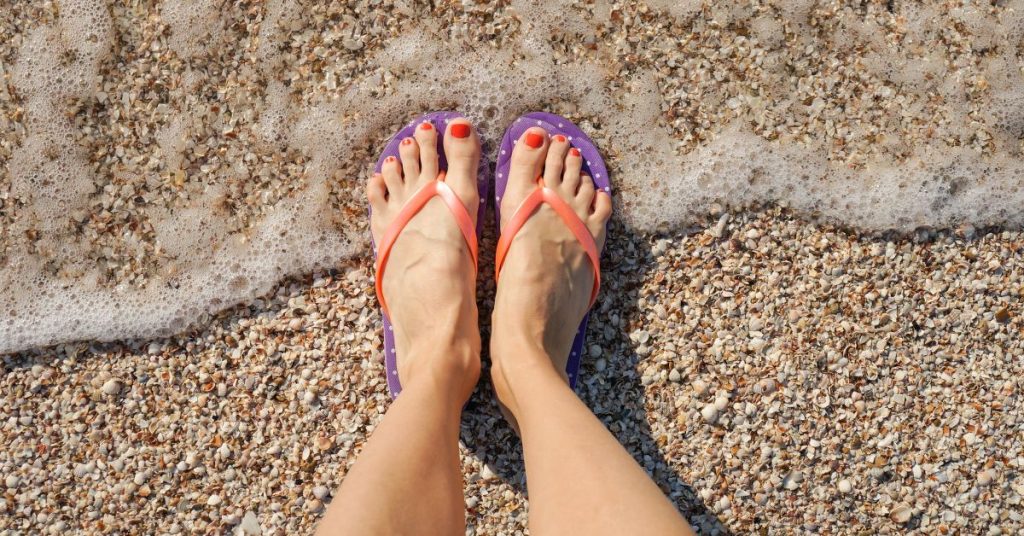
They’re lightweight, breezy, and perfect for hot days, but are they doing more harm than good?
Experts say prolonged flip-flop use could be setting you up for a season of discomfort or even long-term foot problems.
How Flip-Flops Disrupt Your Foot’s Natural Mechanics
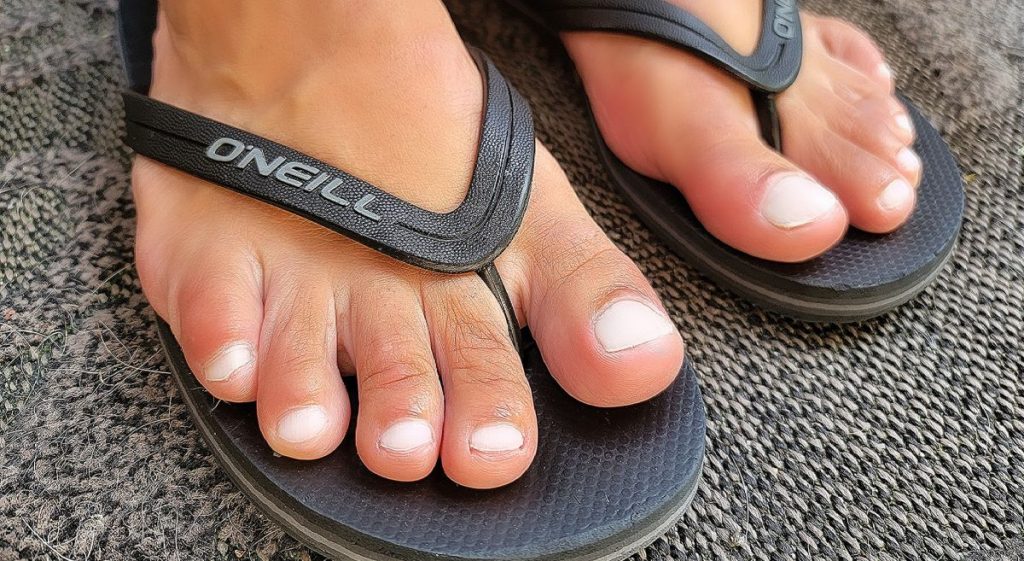
Physiotherapist and podiatrist Alberto Bermejo warns that flip-flops lack essential elements like rear support, arch reinforcement, and cushioning.
This forces your toes to grip constantly, overworking muscles and throwing your natural gait off balance.
Also read
Over time, that can lead to painful issues like tendonitis or plantar fasciitis.
Why Flip-Flops Fail at Impact Protection
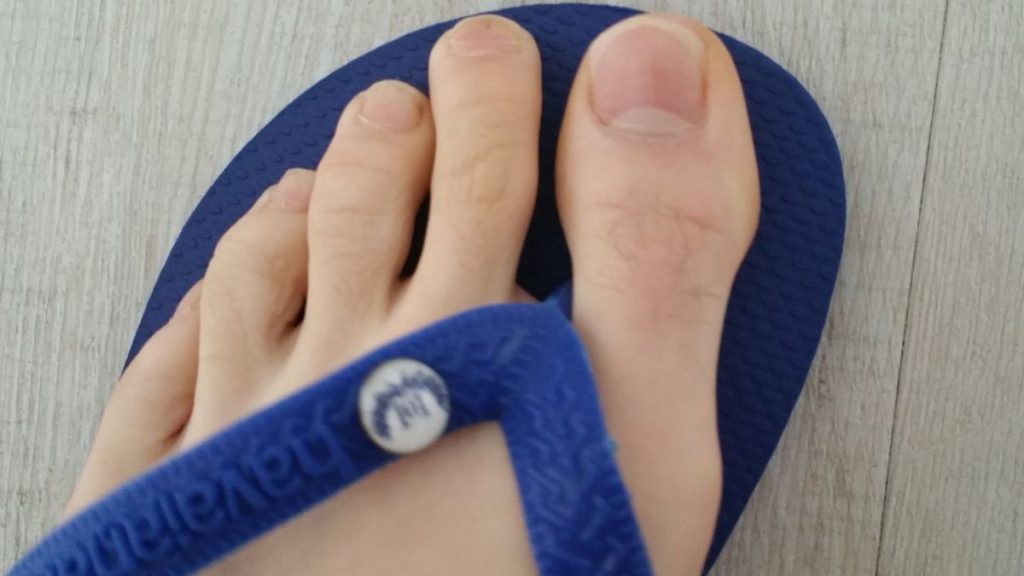
Thin, unstructured soles might feel minimal, but they do a poor job absorbing shock.
Without proper cushioning, every step sends vibrations through your feet, increasing the risk of repetitive strain injuries that affect not only the foot but also the knee and back.
OK in Small Doses
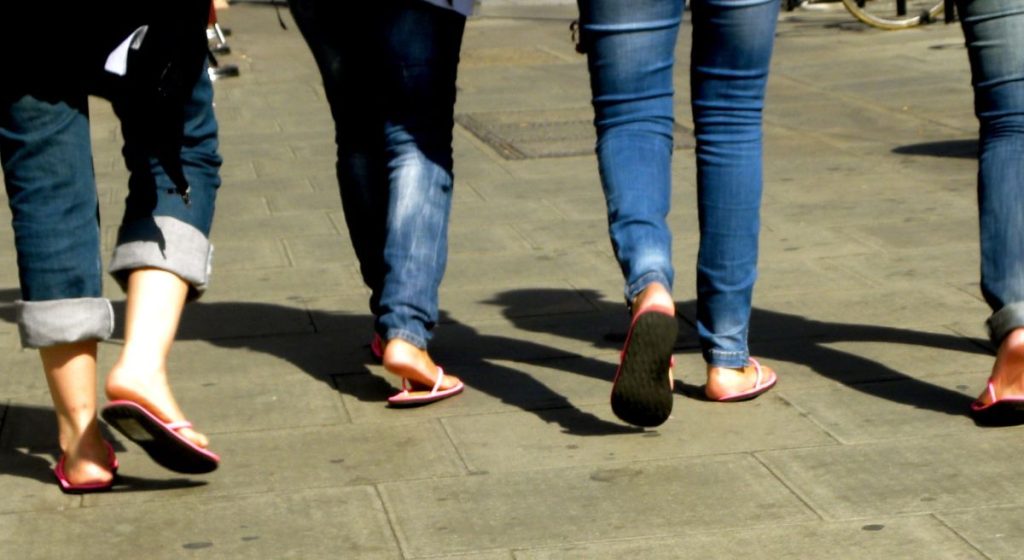
Flip-flops aren’t inherently evil. They’re useful in public showers, at the beach, or by the pool, places where hygiene and convenience matter most.
But experts urge restraint: don’t wear them for long walks, hikes, or activities that require sustained movement or support.
Also read
Urban Jungle? Not Flip-Flop Friendly
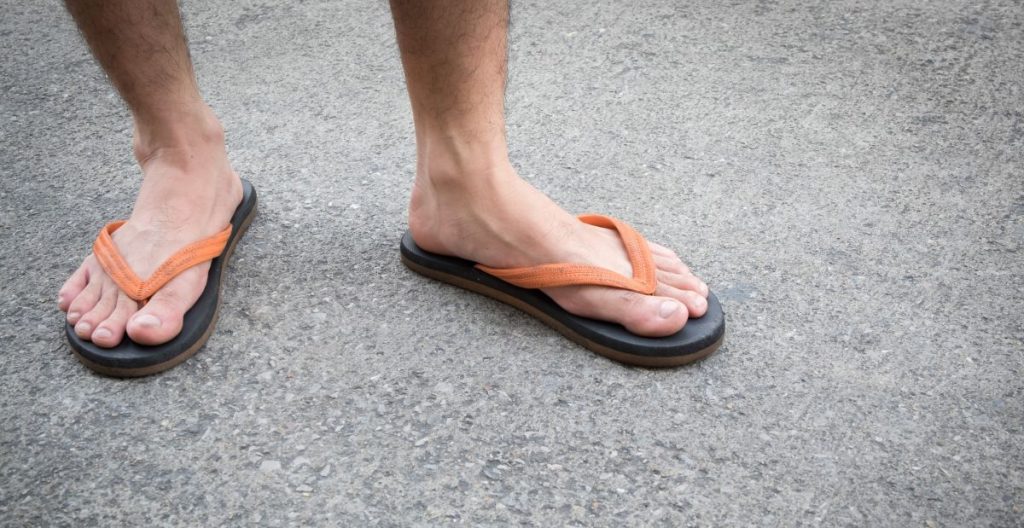
City streets, cracked pavements, and uneven surfaces are a no-go for flip-flops.
Lack of lateral stability puts you at risk of sprains, particularly when navigating stairs, curbs, or crowded sidewalks.
And if you already have bunions or flat feet, the damage can be even worse.
The Hidden Dangers
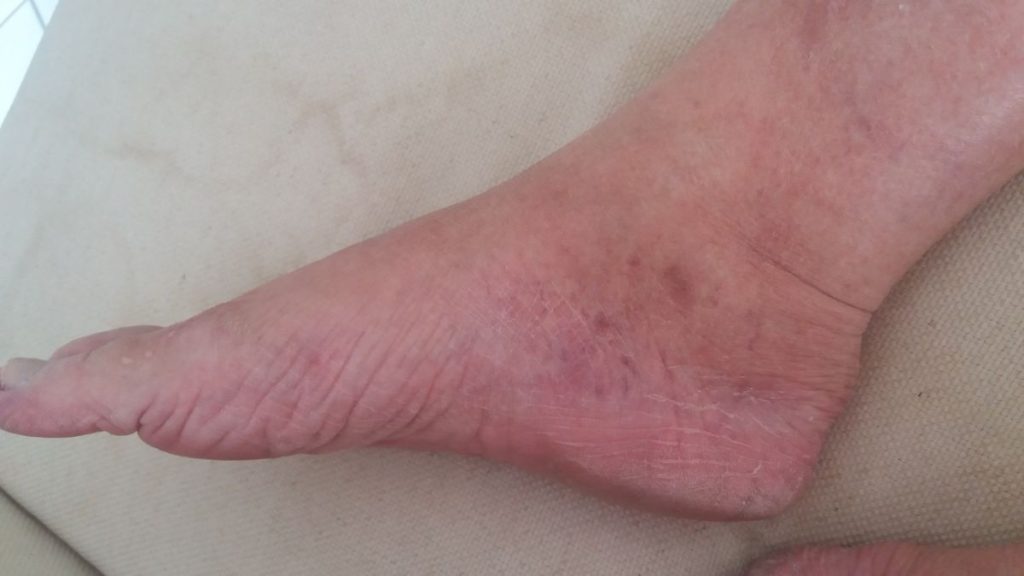
Flip-flop use can trigger or worsen a host of conditions.
Common culprits include plantar fasciitis, Achilles tendonitis, metatarsalgia, sprains, and even Morton’s neuroma.
Also read
For those with bunions or pre-existing foot disorders, the risks are amplified.
Your Feet Aren’t the Only Victims
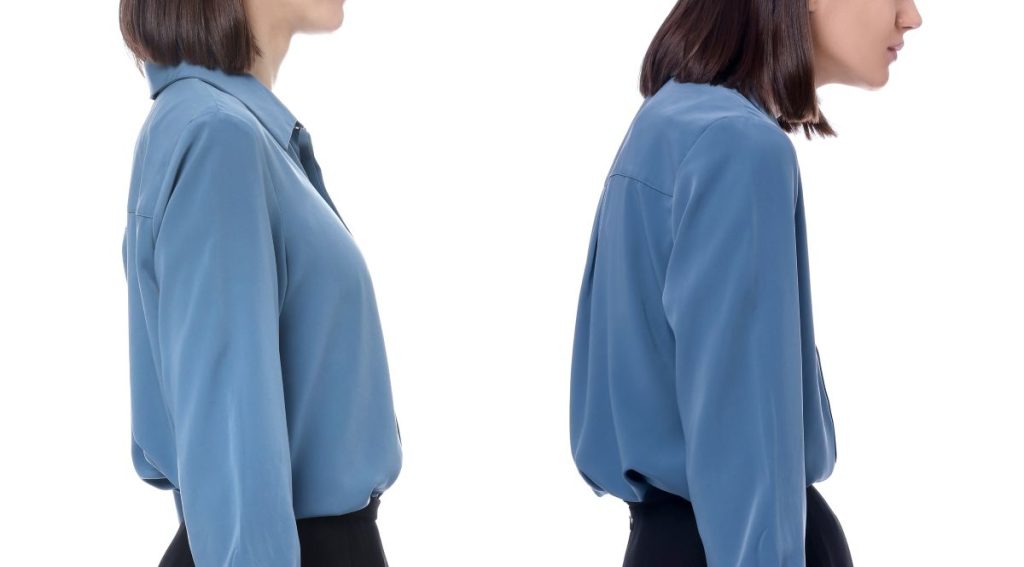
The trouble doesn’t stop at your toes. Wearing unsupportive shoes like flip-flops can alter your posture and lead to issues in your knees, hips, and lower back.
Poor arch support changes how your legs move, causing stress that climbs all the way up to your spine.
Why Flat Shoes Hurt Your Back
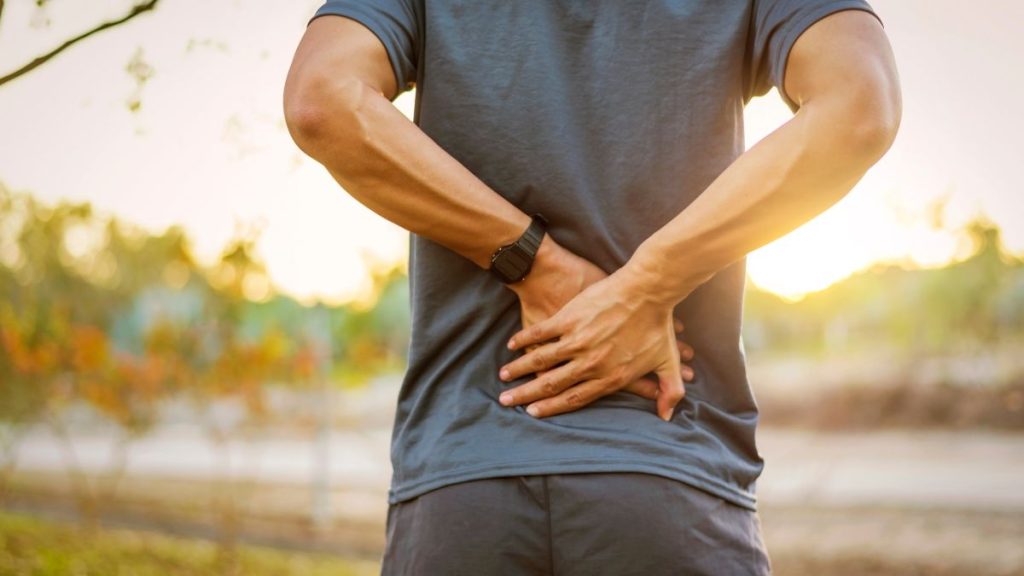
Many flip-flops are completely flat, which increases the tilt of the pelvis and deepens the lumbar curve, especially in people with hyperlordosis or weak core muscles.
That shift can strain the lower back and sacroiliac joints, leading to chronic discomfort and muscle tightness.
Also read
The Better Choice: Supportive Summer Sandals
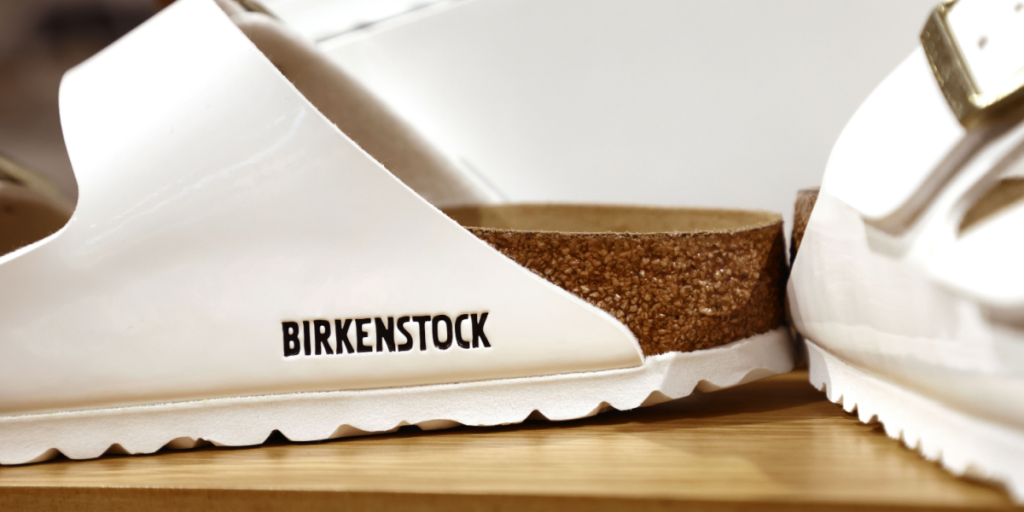
So what’s the solution for keeping cool without sacrificing health? Look for sandals with arch support, adjustable straps, and cushioned soles.
Bermejo recommends anatomical sandals that respect the shape of the foot and evenly distribute weight.
Barefoot Shoes? Proceed with Caution
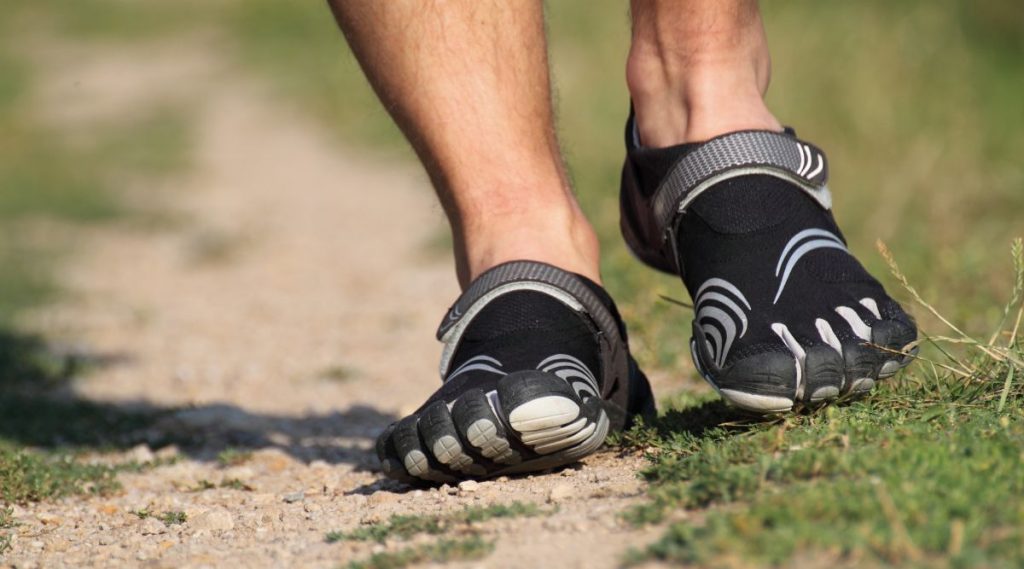
Minimalist or barefoot-style shoes are gaining traction, but they’re not a fix-all.
These ultra-flat shoes require gradual adaptation and aren’t suitable for everyone.
Wearing them too long without proper transition can cause more harm than good.
Also read
Don’t Ignore Your Feet This Summer
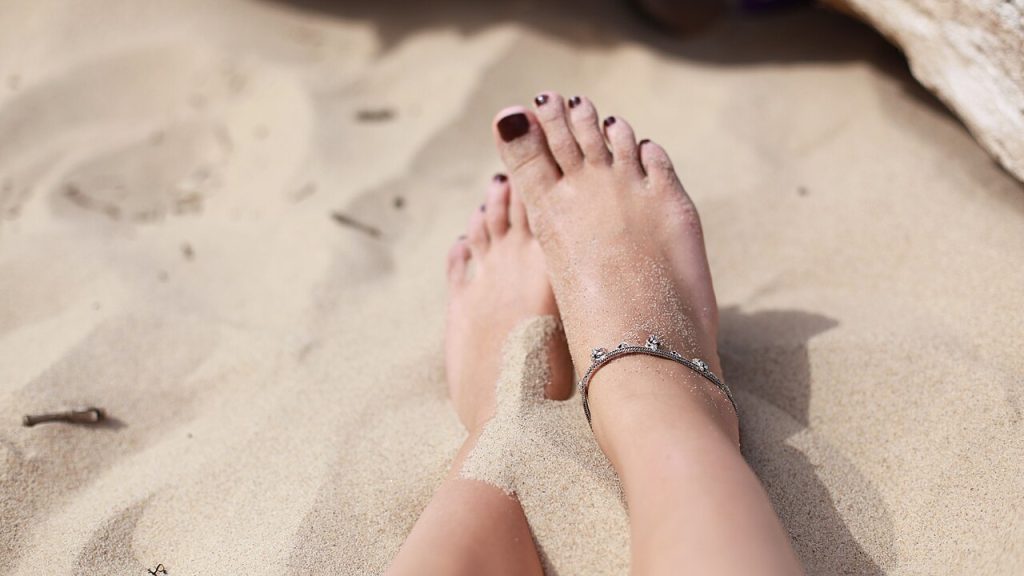
It’s easy to overlook foot health in warm months, but doing so can lead to lasting damage.
If you’re unsure about what’s right for your feet or if you’re experiencing pain experts recommend seeing a podiatrist.
Custom advice can prevent small problems from turning into long-term injuries.

